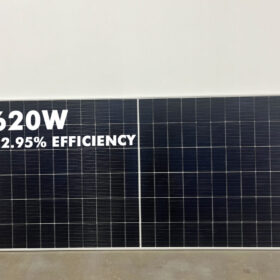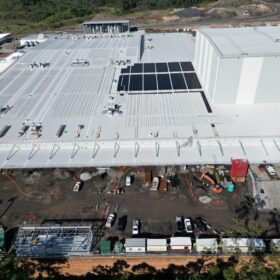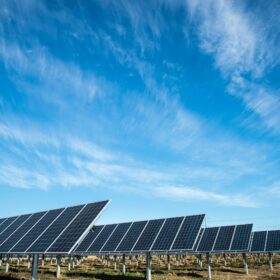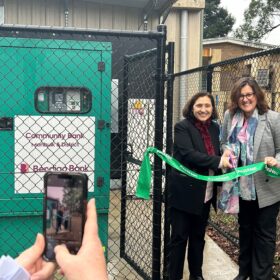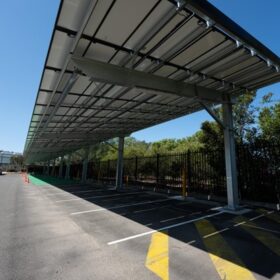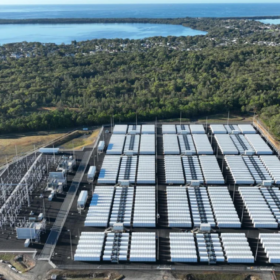Leapton debuts 600-625 W TOPCon solar panel based on rectangular wafers
Leapton Energy says its new panels have a temperature coefficient of -0.30% per C and an efficiency of up to 23.14%. They come with a 30-year power output guarantee for 87.4% of the initial yield.
Long-duration storage key to firm renewables: report
The Clean Energy Council has launched a new report, The Future of Long-Duration Energy Storage, exploring emerging technologies capable of firming renewables in the wake of coal-fired power generation closures.
Sydney property giant signs first-ever matched energy supply agreement
Clean energy technology company Enosi Energy has entered into a first of its kind initiative with real estate investment business EG Funds using a matched energy supply agreement to bulk up renewable energy used by Sydney commercial properties.
Drinks manufacturer to harness solar power at Queensland facility
International beverage company Suntory Oceania has started work on a 3.2 MW rooftop solar install that will help power its new $400 million manufacturing and distribution facility in Queensland.
JinkoSolar claims 33.24% efficiency for perovskite-silicon tandem solar cells
JinkoSolar says it has achieved a 33.24% efficiency rating for its perovskite-silicon tandem solar cells, confirmed by the Shanghai Institute of Microsystem and Information Technology under the Chinese Academy of Sciences.
Tasmanian shipbuilder inks European partnerships to build all-electric ferries
Tasmanian shipbuilder Incat will team with two European companies to test the waters on building 100% battery-electric powered passenger and car ferries as part of a push to help decarbonise the maritime transport sector.
National renewables tender design emphasises social licence factors
Social licence commitments have been prioritised over commercial operation dates in the guidelines for Australia’s first national renewable electricity generation tender that is seeking to deliver 6 GW of renewable capacity across the National Electricity Market.
Long-duration energy storage poised to outcompete lithium-ion batteries
While most long-duration energy storage (LDES) technologies are still early stage and costly compared to lithium-ion batteries, some have already, or are, set to achieve lower costs for longer durations, finds BloombergNEF.
Study finds excessive row spacing has limited effect on improving PV system performance
Scientists in China have tested the influence of panel row spacing in increasing a PV system performance in a full-scale outdoor PV array experimental platform. They found that larger row spacing plays a limited role in improving thermal convection, observing that solar irradiance and wind speed are the key parameters for optimal PV system design.
Victorian town turns to solar and storage for energy security
A solar-powered microgrid has been launched in the Victorian town of Monbulk as part of a $7.5 million state government program designed to better protect communities in fire and storm-prone areas against prolonged blackouts caused by extreme weather events.
